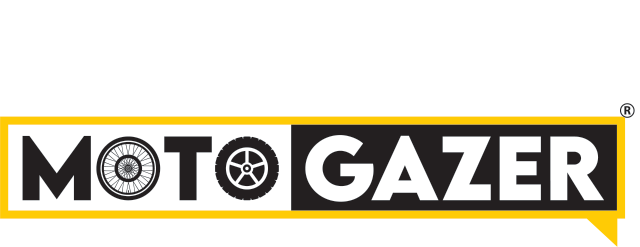When discussing motorsport as a sport, people often debate whether it deserves the same recognition as traditional athletic disciplines. While Western countries widely embrace motorsport as a legitimate sport, in India, the conversation is still evolving. Racing demands far more than just driving skills — it’s a high-intensity, physically demanding, and mentally challenging pursuit that transforms competitors into athletes.
The Athletic Demands of Motorsport as a Sport
Professional racers train with the same intensity as elite athletes in any other discipline. The demands extend well beyond the racetrack:
- Peak Physical Fitness
- G-forces during turns and braking require exceptional neck, core, and upper body strength.
- Racers sustain heart rates of 160–180 bpm for extended durations, much like endurance athletes.
- Mental Precision
- Competitors must make lightning-fast decisions at high speeds.
- Focus and awareness must be maintained for long periods without a single lapse.
- Endurance & Stamina
- From short Supercross sprints to multi-hour endurance races, the physical toll is enormous.
- Racers must perform at peak levels even under heat, fatigue, and high stress.
- Skill Under Pressure
- Sudden weather changes, mechanical issues, and aggressive rivals demand adaptability.
- Mental resilience is as important as physical conditioning.
Motorsport as a Sport in India vs. the West
In Western countries, motorsport enjoys mainstream sporting status with strong government support, passionate fan bases, and robust grassroots infrastructure. Moreover, athletes are celebrated, and the pathway to professional racing is clear.
In India, the Federation of Motor Sports Clubs of India (FMSCI) governs the sport, but public perception is still catching up. Many still view motorsport as an expensive hobby rather than a career requiring years of training, discipline, and commitment.
Athlete Recognition
In the West, professional racers are celebrated athletes — their physical fitness, mental focus, and skill are well acknowledged by both media and the public. Names like Lewis Hamilton, Valentino Rossi, and Eli Tomac enjoy global fan bases and mainstream sports recognition.
Motorsport athletes like Jehan Daruvala, CS Santosh, and others earn high respect within India’s motorsport community but don’t enjoy mass public celebrity status beyond the circle of enthusiasts. While their achievements are remarkable, mainstream awareness and recognition still have room to grow.
Platforms Driving Change
Organizations like the Indian Supercross Racing League (ISRL), the Indian Superbike League (ISBL), and Elite Octane Inc are shifting that narrative. By hosting structured competitions, bringing in global talent, and investing in grassroots development, they are showcasing the athleticism, skill, and discipline required in motorsport.
Their efforts are creating not just racing events, but platforms for nurturing the next generation of professional motorsport athletes in India.
The Road Ahead for Motorsport as a Sport in India
Motorsport will need more infrastructure, stronger grassroots programs, and a cultural shift in perception to stand shoulder to shoulder with cricket, football, and athletics in India.
With growing platforms, increasing athlete success stories, and rising fan engagement. The recognition of motorsport as a sport in India is no longer a question of “if” but only a matter of “when.”



